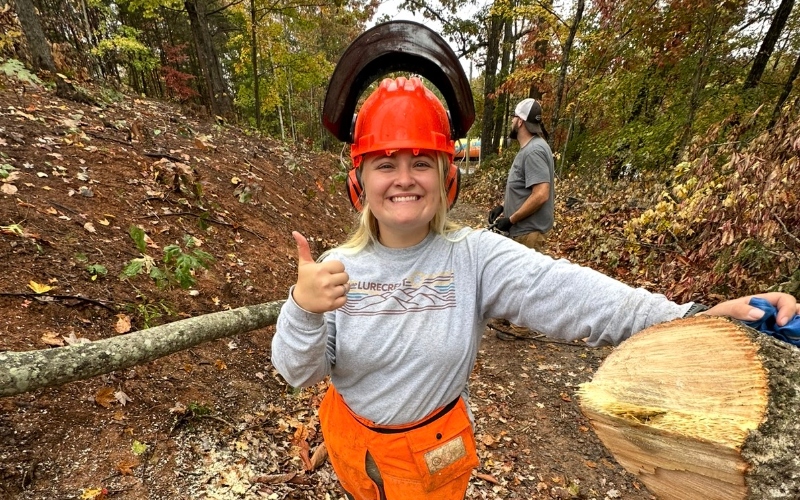Shell-ebrating Turtles: Learning all about these awesome reptiles
Published 11:44 am Thursday, March 28, 2024
|
Getting your Trinity Audio player ready...
|
I love turtles. And I’m in good company. Lots of folks love them.
Box turtles, sliders, snapping turtles, and bog turtles live right here in western North Carolina. These amazing reptiles may seem slow and steady, but they’re actually key players in keeping our planet healthy.
Let’s start with the difference between a turtle and a tortoise. Why is a tortoise a turtle, but a turtle isn’t necessarily a tortoise? And what about terrapins? This gets complicated fast.
The main difference between all types of turtles is the habitat in which they live, but all tortoises, terrapins, and turtles are part of the turtle family. So, technically, you are correct in calling all of them turtles. Whew, I’m glad that’s clear!
Terrapins, such as yellow-bellied sliders and snapping turtles, live in brackish freshwater ponds. With shells flatter than their tortoise cousins, they live both in the water and on land.
Marine turtles, such as sea turtles, live in the water except when they venture on land to lay their eggs. And of course, we have them off the coast of our state.
Tortoises, on the other hand, like our own Eastern Box turtle, live exclusively on dry land. With sturdy legs and dome-shaped shells, they aren’t good swimmers. A cool fact I recently learned is that males generally have bright orange or red eyes while females have dark red or brown eyes. Now you know!
Okay, if you’ve got all that, it’s time to move on to my favorite, the bog turtle. Have you never heard of one? Maybe because they only grow two to four inches long and are very secretive, mainly living in the mud of bogs and wetlands.
They are cute with their bright orange or yellow necks. As the smallest turtle in the United States, you’ve probably never seen one in the wild as they live in just a few isolated bogs in the South and the Northeast.
Due to habitat destruction and the illegal pet trade, they are listed as threatened under the Endangered Species Act. When wetlands are destroyed for development, they lose their homes. And when people catch them to sell…you get the picture.
Bog turtles, like all turtles, help keep insect populations in check and ensure balance in their habitat. Although, I’m not sure how many insects a two-inch turtle can eat.
Back our Eastern Box Turtle—their shells are works of art, often with bright colors in intricate patterns. And they are unsung heroes of seed dispersal. As they mosey along, snacking on fruits and plants, they help spread seeds around. In some cases, research has shown that seeds germinate better after passing through a turtle’s digestive tract. Now, that’s a cool trick by Mother Nature.
We can’t forget the prehistoric-looking snapping turtle, the largest freshwater turtle in the Carolinas. Although they can be aggressive when on land, looking for a mate, laying eggs or finding a new home, just give them space and they will leave you alone.
All turtles are essential to the food web, which simply means they provide food for many predators. They, in turn, eat frogs, insects, fish, plants, and even carrion, which helps keep our environment clean.
Turtles are one of the many reasons it’s up to us to be good stewards of the environment. We can support conservation efforts like the work Conserving Carolina does in saving mountain bogs and wetlands. You can help box turtles cross the road (always in the same direction they are headed) and as you learn more about these cool reptiles, share with your friends and family. Let’s help everyone fall in love with turtles!

Measuring only two to four inches long, bog turtles are the tiniest turtles in the nation. (Photo by Jonathan Mays)
Loti Woods is a founder of Champions for Wildlife, a nonprofit organization whose mission is to inspire and empower our kids, using art and education, to be champions for wildlife. To learn more, visit https://championsforwildlife.org.






